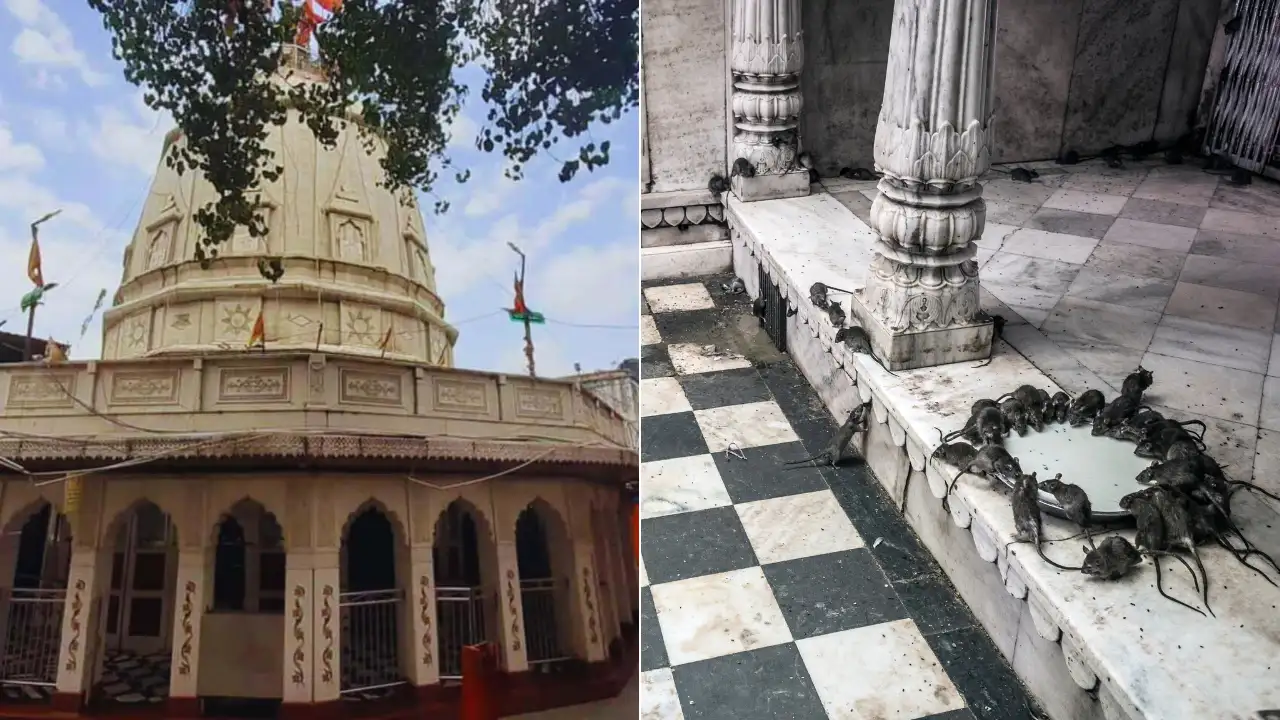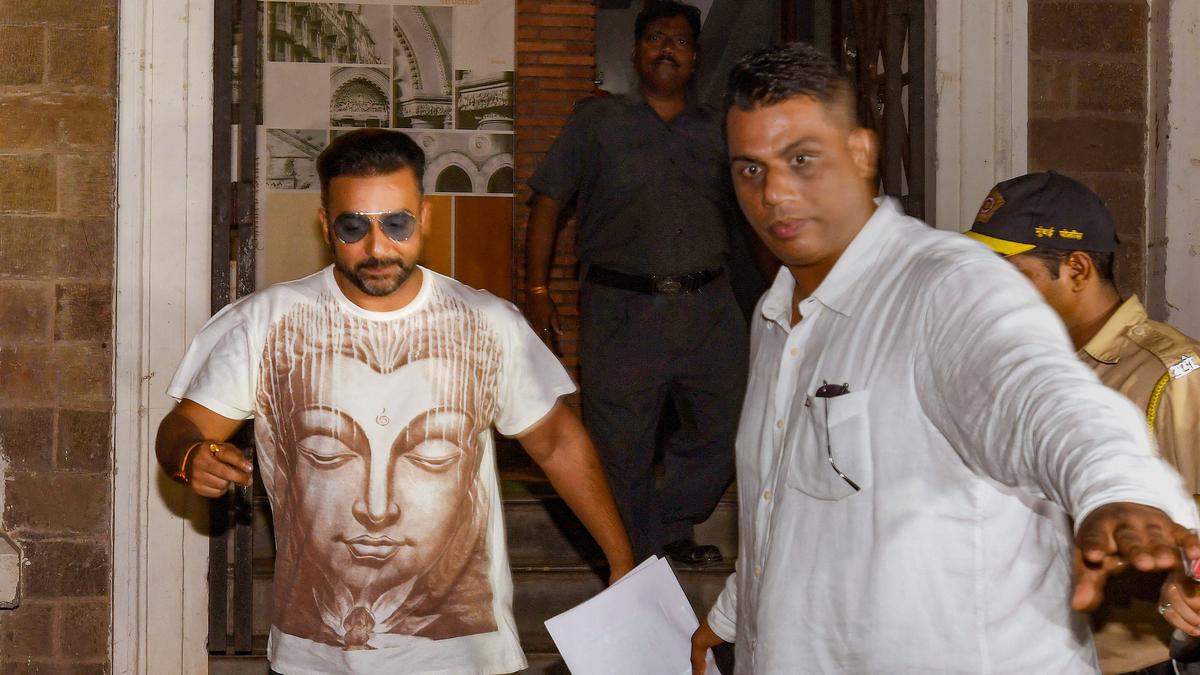Copyright timesnownews

Shardiya Navratri is a sacred period which is dedicated to the worship of the nine powerful avatars of Goddess Durga. Considered one of the spiritually charged celebrations in India, devotees fast, pray and celebrate the sacred rituals. As the celebrations are in full swing, people from all over the country visit iconic shrines for divine blessings. We have rounded up a list of 5 must-visit mandirs during Navratri, where each temple has its unique significance and importance. Mata Jayanti Devi, Himachal Pradesh This popular temple is nestled in the hills of the Kangra region. The temple is dedicated to Jayanti Devi, an incarnation of Goddess Durga. From breathtaking views to the traditional Hindu style of architecture, the shrine presents intricate carvings and sculptures. Situated about 500 feet above the ground, this temple is dedicated to Goddess Jayanti Mata, which is not just a place of worship but also a symbol of divine power. According to folklore, the temple was built by the Pandavas of the Mahabharata to honour the goddess. The temple is not only popular for its history but also for the miracles. Many devotees have shared their experiences after visiting the temple. The temple holds a special connection with the spiritual realm, with the goddess offering guidance and protection. Karni Mata Mandir, Rajasthan Karni Mata Mandir is a very popular temple where rats are worshipped. The Karni Mata Temple, also known as Madh Deshnoke, is home to over 25000 rats, which are believed to be reincarnated devotees. These rats are considered sacred and are also known as kābā. The 14th-century spiritual leader, Karni Mata, is believed to be an incarnation of Goddess Durga. The deep devotion and miracles helped the goddess earn divine status. According to beliefs, Karni Mata’s stepson, Laxman, drowned and was revived by Yama as a rat. Since then, her followers are said to be reborn as rats in the temple after death, which also creates an eternal bond between devotees and the divine. At 5 am and 7 pm, rats emerge from their burrows to attend aarti, joining the daily rituals. Kalkaji Mandir, Delhi Kalkaji Temple is a famous Hindu shrine which is dedicated to the worship of Goddess Kali. The mandir is nestled in the southern part of Delhi and is easily accessible by public transport. One of the important features of the Kalkaji Temple is that the murti of Maa Kali is self-manifested or Swayambhu. The shrine dates back to the Satya yuga, when the Goddess Kali killed the demon Raktabija along with other demons. The temple can be visited throughout the year, and the best time to experience its cultural and religious significance is Navratri. Special rituals are performed to seek the blessings of the goddess. Over the centuries, the temple has undergone various renovations, but the mandir still preserves its charm. Mansa Devi Temple, Haridwar This major shrine is located atop the Bilwa Parvat in the Shivalik Hills. The Mansa Devi Temple is one of the ancient and powerful Shaktipeeths in India’s Haridwar. The temple is dedicated to Goddess Mansa Devi, a manifestation of Shakti, which is believed to have emerged from the mind of Lord Shiva. Her name, Mansa, is translated as ‘wish’ in English. Devotees from all across the globe flock to this temple to seek blessings from the goddess. According to legends, the devotees also seek protection from snakebites as Mansa Devi is also considered the sister of the serpent king Vasuki. The temple was built by Maharaja Gopal Singh of Manimajra between 1811 and 1815, when the devotees observed a cow offering milk to three stones on the hilltop. They realised that the stones were sacred and also imbued with the essence of Goddess Sati’s brow; they understood that Mansa Devi had revealed herself, and hence the temple was built, which also created a lasting sanctuary for the goddess. Kalighat Mandir, West Bengal Kalighat temple is one of the most important pilgrimage sites in West Bengal. The temple is regarded as the holiest Shaktipeeth of the 52 Shaktipeethams of India. The temple represents the site where the toes of the right foot of Shakti or Sati fell. A popular legend says that a devotee once saw a bright ray of light from the Bhagirathi River and discovered a piece of stone in the form of a human toe. He also discovered a Swayambhu Lingam of Nakuleshwar Bhairav. The temple is dedicated to Goddess Kali and was built by Raja Basanta Roy, who was the uncle of Pratapaditya. The original temple was located on the banks of the Hooghly River; however, the river has shifted away from the temple. The main shrine comprises the image of Goddess Kali. The image of the deity appears incomplete. Festivals like Durga Puja, Kali Puja, Bengali New Year and Sankranti see a huge number of devotees. Disclaimer: This article is based on popular beliefs. Times Now is not responsible for the accuracy or completeness of the information and facts provided here.



